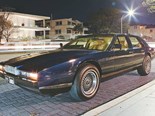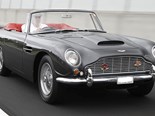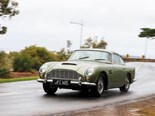Aston Martin Lagonda review
 Aston Martin Lagonda
Aston Martin Lagonda
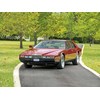
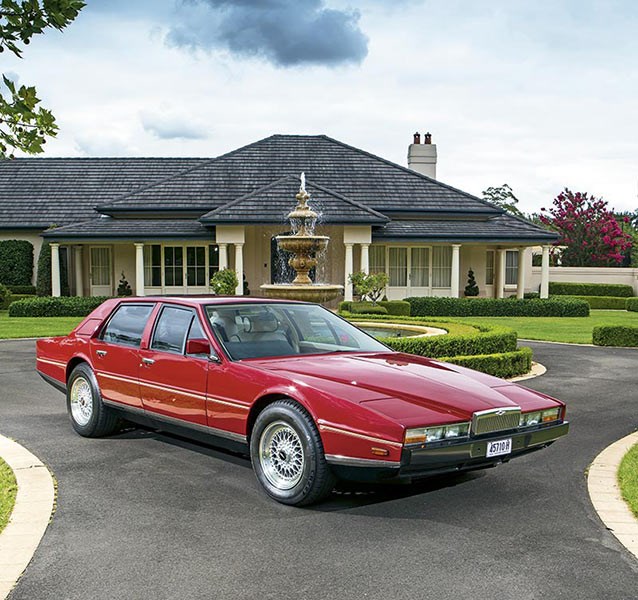 Aston Martin Lagonda
Aston Martin Lagonda

 Aston Martin Lagonda
Aston Martin Lagonda

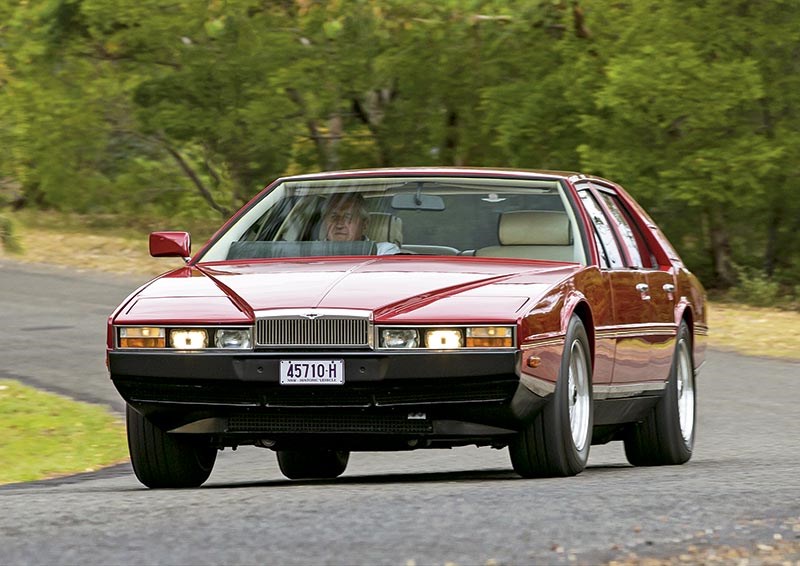 Aston Martin Lagonda
Aston Martin Lagonda

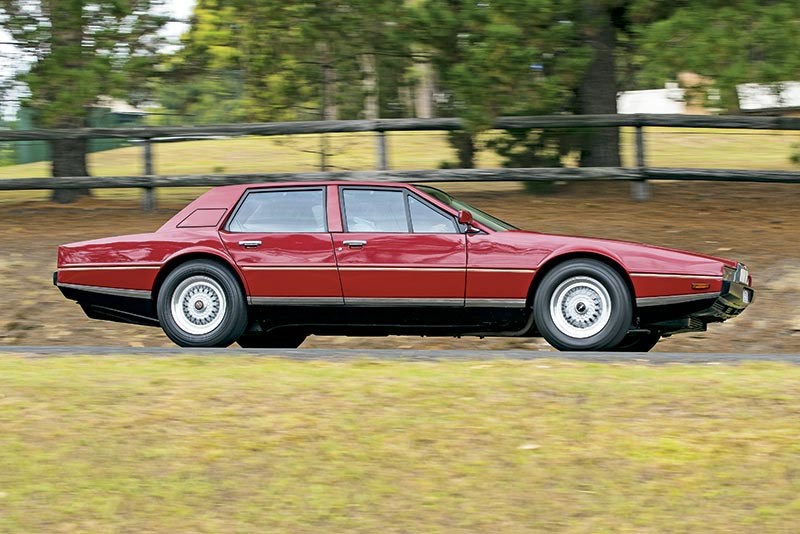 Aston Martin Lagonda
Aston Martin Lagonda

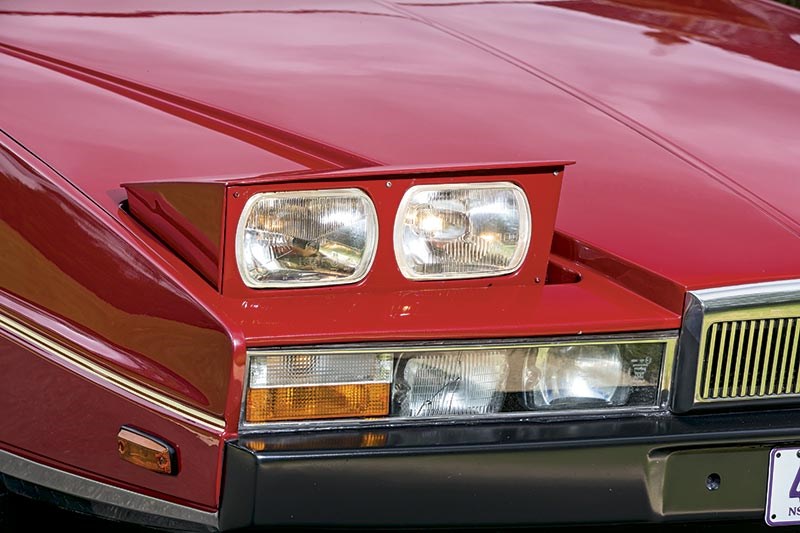 Aston Martin Lagonda
Aston Martin Lagonda

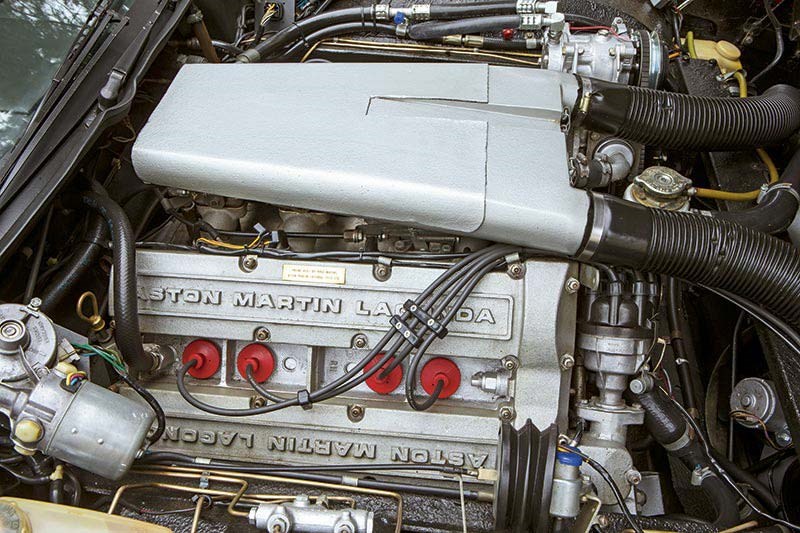 Aston Martin Lagonda
Aston Martin Lagonda

 Aston Martin Lagonda
Aston Martin Lagonda
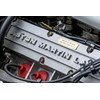
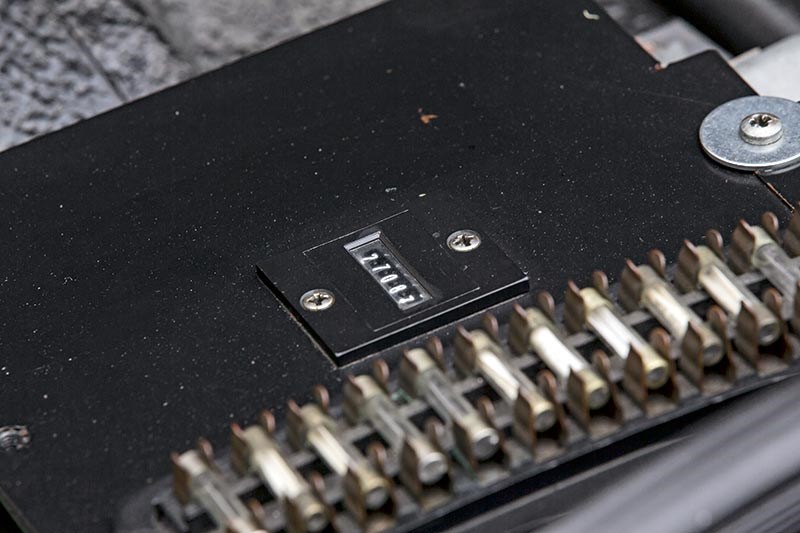 Aston Martin Lagonda
Aston Martin Lagonda

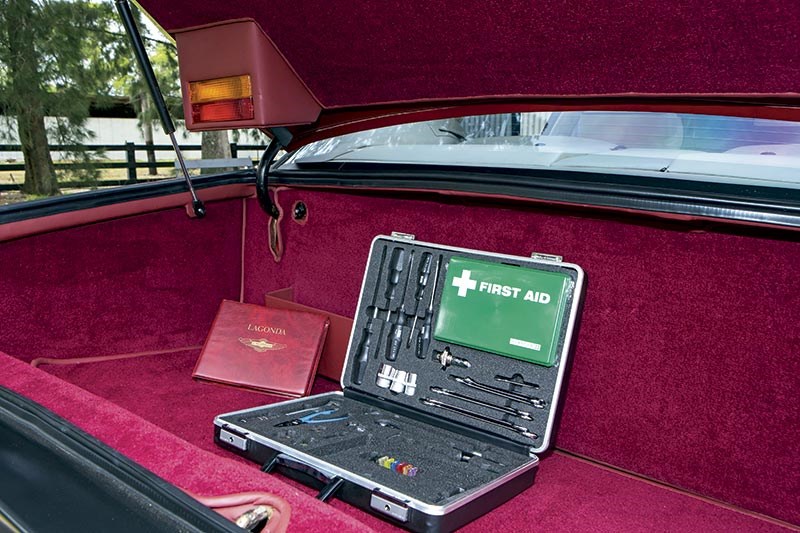 Aston Martin Lagonda
Aston Martin Lagonda

 Aston Martin Lagonda
Aston Martin Lagonda

 Aston Martin Lagonda
Aston Martin Lagonda
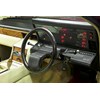
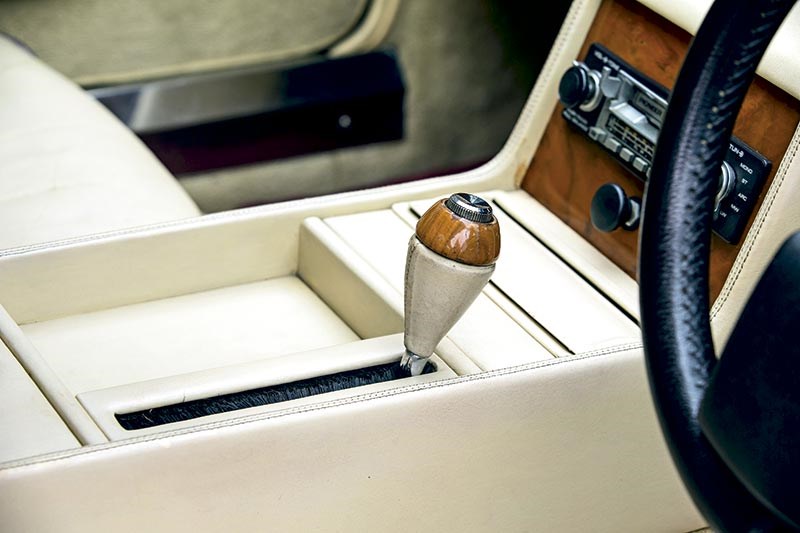 Aston Martin Lagonda
Aston Martin Lagonda

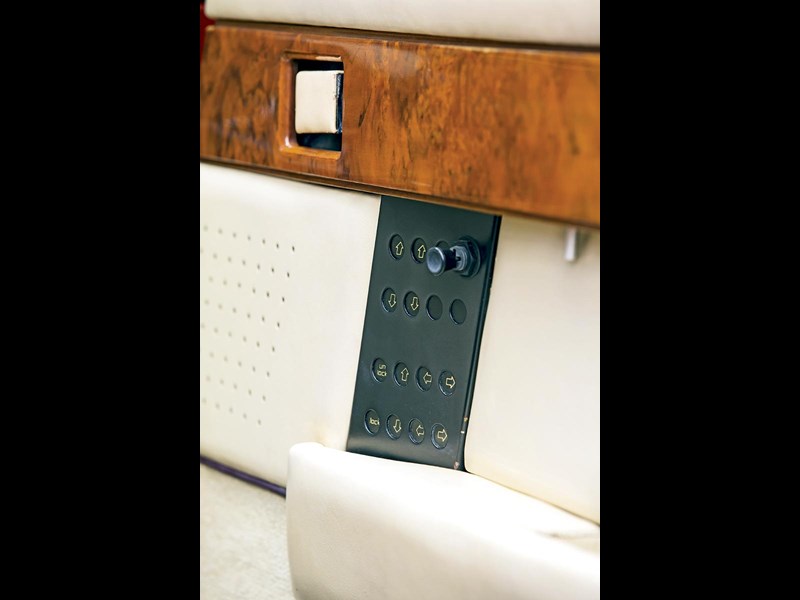 Aston Martin Lagonda
Aston Martin Lagonda

 Aston Martin Lagonda
Aston Martin Lagonda


|
|
Aston Martin Lagonda
|

|
|
Aston Martin Lagonda
|

|
|
Aston Martin Lagonda
|

|
|
Aston Martin Lagonda
|

|
|
Aston Martin Lagonda
|

|
|
Aston Martin Lagonda
|

|
|
Aston Martin Lagonda
|

|
|
Aston Martin Lagonda
|

|
|
Aston Martin Lagonda
|

|
|
Aston Martin Lagonda
|

|
|
Aston Martin Lagonda
|

|
|
Aston Martin Lagonda
|

|
|
Aston Martin Lagonda
|

|
|
Aston Martin Lagonda
|

|
|
Aston Martin Lagonda
|
Aston Martin's astonishing Lagonda aimed for cutting edge but ended up on a ledge...

|
|
Aston Martin Lagonda
|
Aston Martin Lagonda
Few cars have created such a sensation upon launch as the Aston Martin Lagonda. Were you present at the Earls Court Motor Show in London back in October 1976, you’d have been greeted by the clunking of jaws on floors as the silk sheet was whipped off an origami-edged wedge, as long and wide as a Rolls-Royce, but as low as a Porsche. The Lagonda was unconventional, eye-catching and totally different to anything Aston Martin had done before.
The radical design was an instant success, bringing in much-needed deposits from hundreds of customers and bolstering the company’s cash reserves. However, it would not be until late 1978 that production would get under way at the rate of just one car per week, with the first deliveries in early 1979.
Aston Martin’s board was fully aware the car would cause a sensation when designer William Towns presented the concept just eight months before the London Show. With such a short gestation period, Towns designed the show car around existing Aston Martin DBS underpinnings and it was a non-runner. An Aston Martin promo film at the time, which showed the car driving with uncanny refinement, used the development mule – chassis L/13001/R – rolling downhill.
Few outside the company realized what a massive gamble the Lagonda represented. Although the DB4, DB5 and DB6 models of the David Brown era had kept the coffers full during the 60s, Aston Martin – like many British car manufacturers – grew increasingly cash-strapped during the early 70s. This once-proud badge was hawked around to the highest bidder, sold in 1972 and then offloaded again from receivership just a couple of years later. The trio of businessmen who took over included Peter Sprague, chairman of the National Semiconductor Corporation in the US and a keen advocate of advanced electronics in cars. An audit of company assets brought up the Lagonda name, not used by Aston since 1961 and from there, the Lagonda masterplan was mapped out, with assistance from designer William Towns and engineer Mike Loasby.
Hand-built at the company’s Aston Clinton works, the luxury Lagonda saloon was designed for the personal hands-on sporting owner/driver, rather than the chauffeur-driven company chairman. In many ways it was too radical and flamboyant for a conservative British market and of the 638 produced between 1978 and 1990, the Middle East proved the biggest customer with 187 deliveries. This compared to the U.K. with 161, the U.S. 159, Europe 89, Japan 16, Hong Kong 12, South Africa 8, Australia 6 and other countries 9.
At $235,000 plus on-road costs landed in Australia, the Lagonda was dearer than most Rolls-Royce and Bentley models of the period. But this was a very different car to these two British ultra-luxury offerings. This 1981 model, bearing chassis No.66, was imported by Melbourne car dealer Izzy Hertzog.
Originally finished in Telford Grey (and anyone who’s been there will tell you how apt that description is), this low-mileage car has been treated to a lustrous Bordeaux repaint, matched with magnolia leather trim and contrasting burgundy piping, The Lagonda is no lightweight at 2,064 kilos, the lightweight alloy body panels hanging off a steel central structure, with Aston Martin slotting linen tape between the steel and aluminium to prevent any electrolytic reaction.
Despite the generous exterior dimensions it’s surprisingly compact inside – the driver sitting nearly amidships due to the long bonnet and radically-sloped windscreen. Whilst the doors open wide, the low roofline makes entry and egress rather difficult especially into the rear. Likewise the boot, whilst wide, is very shallow and lacks space, impeded by a secondary rear lamp cluster in each top corner.
For the period, the interior is opulent and extremely comfortable and you sink into the enveloping soft Connolly leather seats and feel wholly cosseted.
Thick Wilton carpet edged in leather adds to the opulent cabin, as do the walnut veneer trims on the doors and dashboard. The front seats are electrically adjustable while rear legroom is best described as (barely) adequate, limited by the amount of foot room under the front seats. While the front windows are power operated the rear windows are fixed, as is the rear-mounted sunroof, which provides a light airy cabin but disappointingly for our climate, does not come with a shade blind.
Getting behind the wheel reveals what is essentially the first production use of a computer-managed digital instrument display with touch switches. Light years ahead of its time, the development cost for the electronics alone was as much as four times the budget allocated for the entire car. Unfortunately, breaking new ground came at a huge price and the system was plagued by gremlins, giving the car a bad name.
Time Magazine included it in its "50 Worst Cars of all Time" list, describing it as "a mechanical catastrophe with electronics that would be very impressive if they worked."
Set behind a small-diameter leather-trimmed steering wheel are two raked panels with no less than seventeen touch switches, three rotating rheostat switches and a slide lever. Behind and above these panels is a large blank fascia behind a Perspex screen. Turn the ignition key and the fascia lights up with a number of operational functions. By modern LCD standards the instrument clarity is poor, not helped by the heavily raked windscreen, and despite an adjustment knob, one has to strain in our ultra-bright light to see many of the readouts. Fuel readout for the 127-litre capacity tank (with dual fillers, one in each rear-quarter and opened by a switch on the panel) is shown as a percentage. A switch changes the digital speed readout from km/h to mph, while the intensity of the air horns, interestingly made by Maserati, can be adjusted to suit the driving conditions. The original digital dash was replaced by a cathode ray tube in 1984, but proved even more problematic and was in turn replaced by a vacuum fluorescent display for the Series III cars in 1987.
The Lagonda’s 5.3-litre 90-degree all-alloy V8 is fed by a bank of four double-choke Weber 42DCNF carburettors.
A nice touch is the brass plate affixed to one of the rocker covers bearing the name of the engine builder – in this case Fred Waters. The proven Aston power plant works well with the Chrysler ‘TorqueFlite’ three-speed automatic, quiet on a light throttle but bursting to life with induction roar when you plant it.
Despite its weight, the car responds sharply to the go-pedal and it’s eager, right through the rev range to a maximum 6,250 revs with excellent low speed flexibility.
What surprises most about this high-speed luxury saloon is the ride quality. Sitting on its optional 16-inch BBS alloys with 235 VR 70 series tyres, it is just so comfortable, soaking up the worst of our broken road edges. The front suspension is straight out of Aston Martin’s parts bin – the front end is similar to the DBS-V8/AM V8 with transverse unequal length wishbones, coaxial coil springs and Koni dampers while the De Dion rear end mimics the AM V8 with parallel trailing arms and a Watts linkage and large inboard disc brakes.
The Lagonda is equipped with a limited-slip differential with a final drive ratio of 3.07:1 and with a bag of torque over a wide range of engine speeds it’s equally at home around town or on the open road. Once you get used to the variable steering rack’s initial lightness and the car’s overall dimensions, it turns into corners nicely and is relatively neutral in the handling department, thanks to sizeable anti-roll bars fore and aft.
Hindsight casts a more favourable eye on the Aston Martin Lagonda. It enjoyed a twelve-year production run across four different iterations. It generated column inches for Aston Martin, created sales leads for other Aston models in overseas markets and remains probably the most ambitious production car of the 1970s. It was Oscar Wilde who once remarked that ambition is the last refuge of the failure. I’ll side with Aston on that philosophical point.
SPECIFICATIONS
Aston Martin Lagonda
Engine: 5.3-litre all-alloy V8 DOHC per bank
Gearbox: Chrysler three-speed ‘TorqueFlite’ automatic
Brakes: Front and rear ventilated discs
Steering: Power assisted rack and pinion
0 to 100km/h: 7.9 seconds
Top Speed: 236 km/hour (stated)
Unique Cars magazine Value Guides
Sell your car for free right here
Get your monthly fix of news, reviews and stories on the greatest cars and minds in the automotive world.
Subscribe

.jpg)










